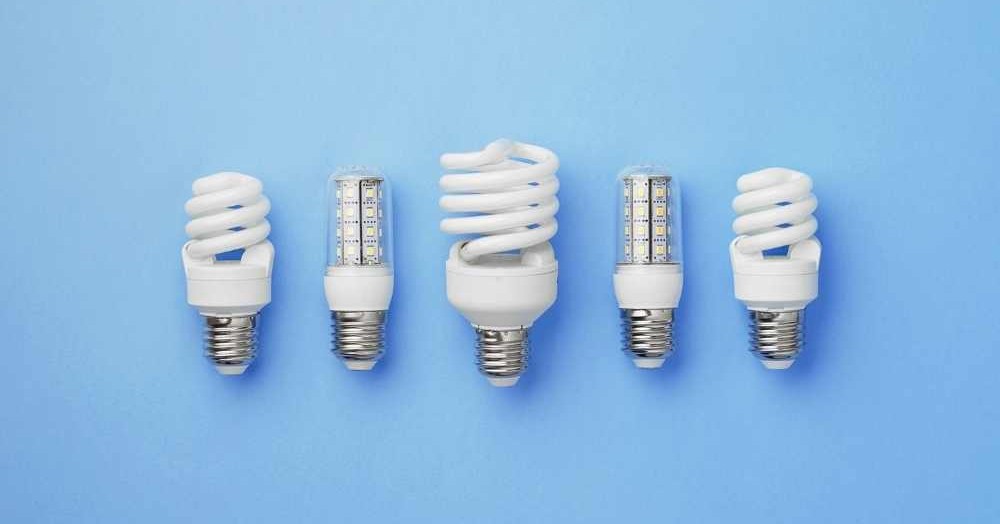
Support a healthier planet with these 8 environmentally friendly home tips
Last month we celebrated Earth Day, to raise awareness for environmentally friendly measures to help preserve the planet we call home.
We think that action should begin in our actual homes, by creating eco-conscious environments that not only support our families and lifestyles, but protect our larger surroundings, rather than contribute to their demise.
Some green investments help save the planet, but they can also save you money over time as you spend less on energy or water. Even if you decide to sell your home in a few years, potential buyers may be willing to pay more for your home if they know that their energy or water bill will be less than the home next door.
Read on to get started with eight ways to transform your home to be environmentally friendly…
1. Swap regular light bulbs for LED bulbs
Not only do LED light bulbs last longer than conventional bulbs, but they’re also far more efficient too! This means that you’ll be using less power and having to replace your light bulbs less frequently – everyone’s a winner. What's more, they're available in a range of brightness and designs so you can really tailor the lighting to your needs or to suit the room.
2. Decorate your house with plants
Potted plants are effective for indoor air cleaning. Not only that, but they are also beautiful and make your home more welcoming. Sure, it takes a bit of responsibility to take care of plants but it’s worth it to breathe in clean air.
3. Insulate your home
By making your home more efficient at trapping in the heat you will cut your heating bills and use less fossil fuels. A draught excluder is one of the quickest and cheapest ways to keep your home warmer, and you can also think about insulating your home with thermal wallpaper along with attic or cellar insulation.
4. Use eco-friendly cleaning products
A lot of cleaning products have a lot of harmful chemicals in them that aren’t environmentally friendly to create or dispose of. In fact, repeated exposure to these cleaning products can affect your health as well as the environment. Green cleaning products use more natural and organic methods of cleaning which are far less harmful. Here are some great tips from Good Energy in partnership with the National Trust.
5. Use your microwave
Honestly, you’d be surprised by how much more energy efficient microwaves are compared to conventional ovens. While you’re already surprised, you may as well continue to be shocked with some of the awesome things you can cook in a microwave (hint: it’s not just ready meals).
6. Compost
If you have let your food go that little bit too far past its ‘best by’ then you need to be sure to compost it rather than putting it in the bin. Not only will this help create a natural fertiliser and keep your garden green and beautiful, it’ll also reduce the amount of waste going to landfill - and as it won’t break down anaerobically, there will not be a build-up of methane gas.
7. Turn it off
Energy conservation is one of the most important things you can do to reduce your carbon footprint. Leaving your electricals on standby needlessly uses up energy – hit the off switch and you could see huge improvements, most noticeably in your energy bills!
8. Invest in eco-friendly home technology
Want to go further than simply turning it off? Make sure that the tech you have got is as energy efficient as possible. This way, you’re using much less energy for the time that the product is on, saving money, and reducing your energy output.
Those are our tips for making your home eco-friendlier! Let me know if you have any sustainable tips of your own, we’d love to hear from you.